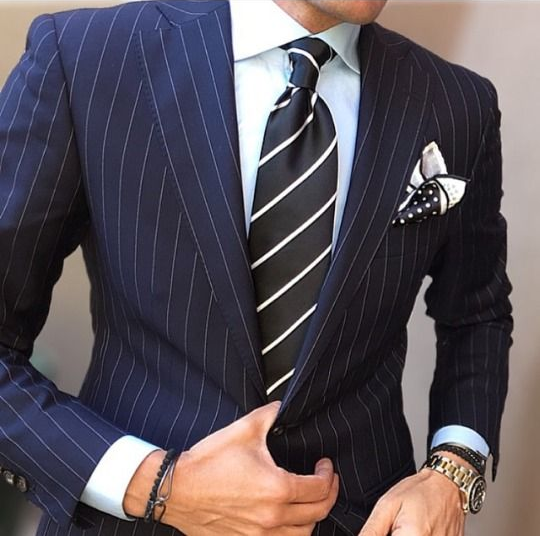

You'd see the stripe pattern in the undulating contours and watermarks of a bare mountain, in zebras, in leaves, and in the banded sea krait which is 10x more venomous than cobras, to name a few. But already you can see that stripes play very different roles in these examples. In zebras, they produce motion dazzle which makes it difficult for predators to judge how fast they're moving. In a herd, it's difficult to see where one zebra ends, and another begins, making the young ones difficult to spot. The stripes in a banded sea krait are certainly not for camouflage. The stripes in leaves play a vital role in photosynthesis, otherwise, they're not normal and indicate plant disease. Stripes are such a masterstroke in nature that they are irresistible to fashion.



Stripes are a fashion favorite as vertical stripes make one look taller and thinner. But it wasn't always like that. The visual impact of stripes had a sinister past. They first appeared on garments in the middles ages for criminals, prisoners, clowns, prostitutes, and hangmen. In black and white stripes, it made evil stand out in a crowd. Stripes would have gone down in infamy were it not for Queen Victoria of the United Kingdom of Great Britain and Ireland. She's where the Victorian Era comes from. Around the end of the 19th century, she dressed her son in Navy Blue and White stripes during a Royal Yacht boarding event. After that, the stripe color combination became associated with the sea and seafaring, and the word "marine". By the 20th century, stripe in fashion became mainstream. French fashion designer Coco Chanel was inspired to apply the Navy Blue and White stripes to her designs. In the ‘50s, movie stars were wearing stripes.

The stripe pattern is one of the few cases when fashion was started by the English and assimilated by the French. In fact, the word "French" is English. It comes from the word "rib" to describe parallel patterns - stripes. In England, striped ties symbolized an affiliation because they are distinctive. Universities have their distinctive stripe ties, so did cricket clubs and drinking societies. Striped ties were more about assimilating social norms rather than a quest for personal elegance - practicality in nature that was adopted in fashion. So universities were the jump-off points of striped ties - sartorial education that students brought into mainstream fashion.

True to form, KissTies striped ties, bowties and pocket squares make you stand out in a crowd, motion dazzle that, well, dazzles.

Comments (0)
Back to Blogs